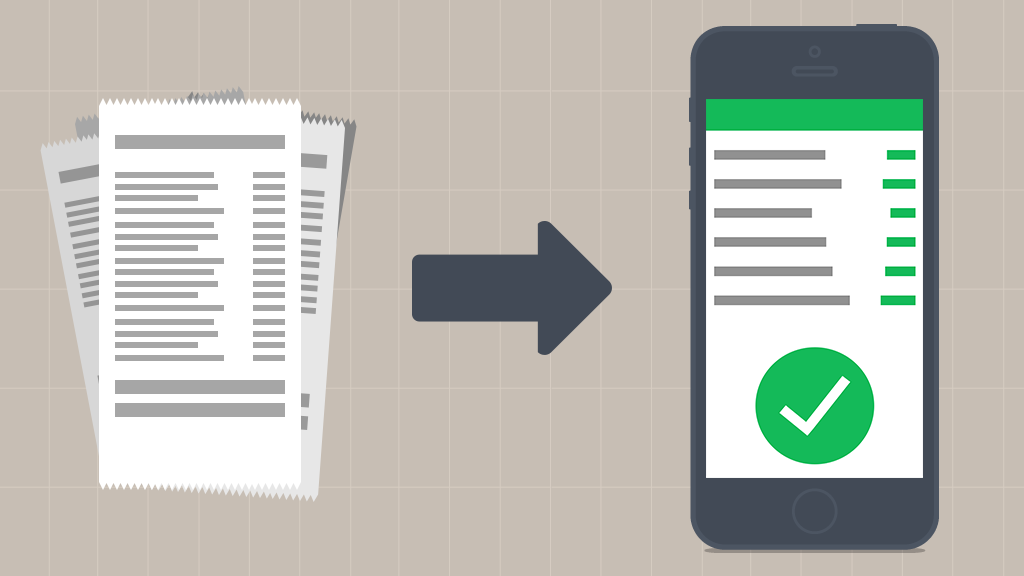Telecom operators with the most active customers are MTN in Ghana and Nigeria, Safaricom and Vodacom in Kenya and South Africa, and Airtel in Uganda, providing great telkom deals, which sought to ascertain the degree of customer support and service delivery among telecommunications operators in Sub-Saharan Africa.
Africa is a country in which mobile telephony technology is the mainstay of telecommunications services. In certain markets, up to 99 percent of voice and data connections are made through mobile networks. This represents the relative performance of network deployments, as well as the very poor state of fixed-line networks, which has been ignored, under-investment, or disruption arising from periodic wars and civil dislocations. In a number of countries that remain war-torn or politically insecure, especially in the Horn of Africa and Libya, the DRC, Cameroon, and Burkina Faso, there are little incentives to expand fixed-line networks. Additional problems are the shortage of reliable power and the low use of machines.
Cell phone and Internet penetration rates in sub-Saharan Africa (SSA) continue to rise. According to GSMA’s Mobile Economy Sub-Saharan Africa 2017 survey, there were 420 million mobile subscribers in SSA at the end of 2016; the country continues to expand faster than any other region. The same study estimates that the country would have more than half a billion subscribers by 2020. Telecom operators are at the center of this development.
A straw survey had 2,700 respondents in five separate sub-Saharan African countries: Kenya, Nigeria, Ghana, South Africa, and Uganda. It concentrated on different areas of content delivery, such as active customers, broadband penetration and speech dissemination, voice ranking, data costs, and efficiency of internet speed and customer service. This survey has tried to expose the possibility that the different telecommunications operators will refer their consumers to their friends or relatives.
Africa’s Biggest cell Network Provider by Customer Count
There is a strong connection between huge communities and large operators of telecommunications networks. Nigeria and Ethiopia are by the population of the two biggest countries in Africa. It is also no wonder that MTN (Nigeria) and state-owned Ethiotelecom have the highest user bases.
| Mobile Network Operator | Country | Last recorded subscriber count (million) |
| MTN | Nigeria | 70.6 |
| Ethiotelecom | Ethiopia | 66.2 |
| Glo Mobile | Nigeria | 51.7 |
| Airtel | Nigeria | 49.9 |
| Vodacom | South Africa | 41.3 |
Switch to Consumer Based Marketing Approach
The report on the quality of customer support in the telecommunications industry comes only one month after the international Customer Service Week was held in the first full week of October when customer-oriented companies and organizations around the world recognize the value of customer service excellence to their organizations.
Companies are shifting towards a more customer-focused communication approach as opposed to the product-focused marketing strategy of the 1970s. To mark this day, we released a straw survey study on the condition of consumer loyalty in the retail banking sector in Kenya, South Africa, and Nigeria as part of a series concentrating on the banking and telecommunications sectors.
In detailing the top 4 digital development goals for African telecommunications providers, the Soko Directory website mentions the number one goal for optimizing customer service. Indeed, rates, coverage, and service quality are among the high demands for telecommunications consumers.
Telecom companies with the most involved customers are MTN in Ghana and Nigeria, Safaricom and Vodacom in Kenya and South Africa, and Airtel in Uganda, according to our straw survey. While the reach of our study did not reflect on the dimensions on which consumers of telecommunications networks are involved, clear evidence shows that smartphone users are using data services to access the Internet.
A recent study by Analysys Mason forecasts that the African telecommunications industry will be one of the biggest development success stories for the telecommunications business over the next 5 years. The study also forecasts that smartphones would account for 26% of SSA handsets by 2018, as mobile costs decrease and consumers update. The study states that telecommunications providers continue to promote mobile use through tailored advertisements, low-cost smartphone deals, and branded data bundles.
According to African Business Magazine, as the mobile telecommunications industry starts to mature, African service companies are starting to sell innovative goods. The emphasis has changed from securing more and more users to raising their average revenue per consumer (ARPU) by promoting higher data usage and mobile banking. It is beneficial for the telecommunications sector to have an increased amount of active customers.
Improved Delivery of Operation
The straw survey shows that there has usually been a change in the service delivery of wireless providers as the number of mobile users and the time spent on the telephone rise. Mobile consumers are pleased with the consistency of their speech transmission. The average ranking granted to the multiple operators is 7.2 points; the scores were placed on a scale of 1 to 10, with 1 being really bad and 10 being outstanding. Telecom providers with the most engaged subscribers also rated high on: data and voice costs, broadband internet and voice coverage; efficiency of internet speed, and customer support. Cell subscribers in the five countries are expected to refer their telephone provider to friends and relatives.
Image source:
https://cdn.pixabay.com/photo/2016/11/29/09/32/man-1868730_1280.jpg










![Watch Video Now on xiaohongshu.com [以色列Elevatione perfectio X美容仪 perfectio X 全新仪器黑科技了解下]](https://www.techburgeon.com/wp-content/uploads/2019/07/perfectiox-singapore-150x150.jpg)
